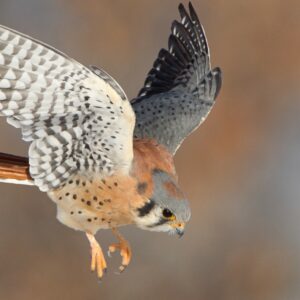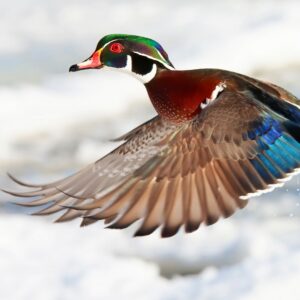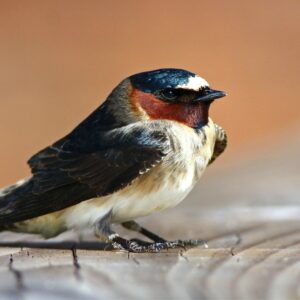State of North America’s Birds 2016 Report
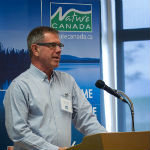
Stephen Hazell
Director of Conservation
and General Counsel
Nature Canada’s Eleanor Fast joined Catherine McKenna, the federal Environment Minister, at the Museum of Nature in Ottawa today in launching the first-ever State of North America’s Birds 2016 Report. A simultaneous event to launch the Report was held at the Canadian Embassy in Washington, DC.
The Report concludes that one-third of all North American bird species need urgent conservation action. The Report is groundbreaking work assessing the conservation status of all 1,154 bird species that occur in Canada, the continental United States and Mexico. It is also a excellent demonstration of the power of birds, and the growing power of citizen science. Tens of thousands of Canadians, Americans, and Mexicans contributed bird sighting data to help produce an unprecedented continent-wide assessment of North America’s birds
Nature Canada proposes the following measures to be undertaken by the Canadian government to address the challenges identified in the report:
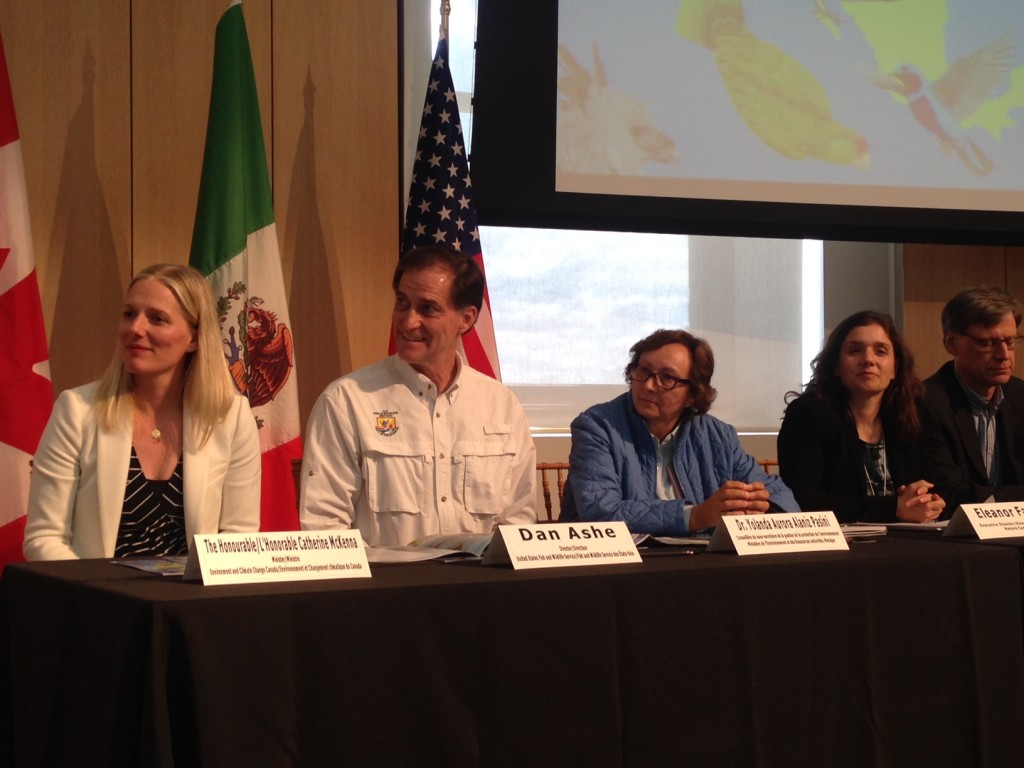
Our Executive Director, Eleanor Fast, at the launch of The State of North America’s Birds 2016 Report.
- Invest $25 million per year to deliver on Canada’s responsibilities to conserve migratory birds and invest in conservation research, monitoring and action
- Invest $5 million per year on-going to create and manage at least three new National Wildlife Areas (NWAs) and develop a plan for the National Wildlife Areas system; and $10 million ramping up to $30 million per year to better manage the existing system of NWAs and Migratory Bird Sanctuaries
- Stop the transfer of former PFRA community pastures to the Province of Saskatchewan and develop a plan to conserve the former community pastures in collaboration with Saskatchewan, ranchers and nature groups
- Invest $12 million over three years in sustainable management planning and training for ecologically important grasslands, and scientific research, program development and coordination of efforts to conserve and manage the North American Central Grasslands based on an ecosystems-based approach
- Establish new National Marine Conservation Areas (NMCAs), Marine Protected Areas (MPAs) and shorebird reserves under the Western Hemisphere Shorebird Reserve Network to protect key areas for seabirds and shorebirds
To learn how you can support our nature conservation efforts across Canada, click here.
For more information and to read the full report, visit www.stateofthebirds.org.
For articles on the report, check out the list below:
- CBC Radio– Extinct Birds
- CBC The National – A third of birds in North America threatened with extinction
- Ottawa Citizen – One-third of North American bird species ‘in crisis’: report
- CBC Science and Technology – A third of birds in North America threatened with extinction
- CBC Edmonton – State of America’s Birds report released LIVE
- CBC Manitoba – North America’s migratory birds are in ‘real trouble,’ report finds
- Ici-radio Canada – Le tiers des espèces d’oiseaux menacées d’extinction
- Le Devoir – Le tiers des oiseaux sont menacés d’extinction

